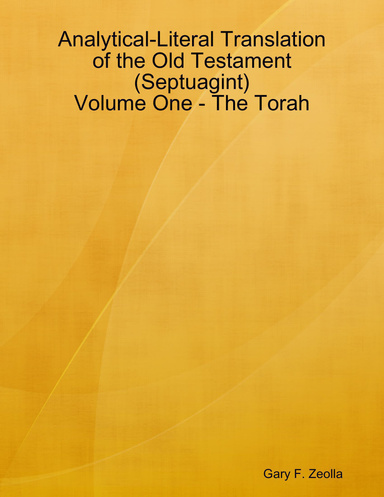

We English speakers are prejudiced by the fact that the king of England established a committee to come up with one definitive translation in 1611 in order, he hoped, to stop the promulgation of various earlier versions in his realm.

Even today various Christian sects cannot agree on the matter. When the Christians did think about the priority of various texts about Jesus there was much debate about what was and what was not authoritative. The early Christians didn't think about establishing a canon-the "Bible" for them were the Hebrew scriptures in various versions and combinations like the Septuagint-until the church was pretty well along in becoming an institution, long after the death of Jesus. The closest thing to an "original" bible is probably the Septuagint of the second century B.C.E., a Greek version of Hebrew texts only referred to by scholars today but of much help to diasporic Jews in Egypt at the time. The early Christians didn't think about establishing a canon-the "Bible" for them were the Hebrew scriptures in various versions and combinations like the Septuagint-until the church was pretty well a Reading the original bible, even just the Christian canon, is not possible. Reading the original bible, even just the Christian canon, is not possible. Includes a Greek/English NT lexicon, Synonyms of the NT, Index to the Synonyms & an essay by the author, "The Value of Hebrew & Greek to Clergymen".more
LITERAL TRAINSLATION OF TYHE NEW TESTAMENT MANUAL
These Textus Receptus editions follow the Byzantine Majority mss., which was predominant during the period of manual copying of Greek New Testament manuscripts.

These early printed Greek New Testaments closely parallel the text of the English King James Authorized Version of 1611, since that version was based closely upon Beza 1598, which differed little from its "Textus Receptus" predecessors. Berry states that "In the main they are one & the same & of them may be referred to as the Textus Receptus" (p.ii). George Ricker Berry's edition of "The Interlinear Literal Translation of the Greek New Testament" is virtually identical to Erasmus 1516, Beza 1598 & the actual Textus Receptus: Elzevir 1633.

These early printed Greek New Stephens 1550 Textus Receptus.


 0 kommentar(er)
0 kommentar(er)
